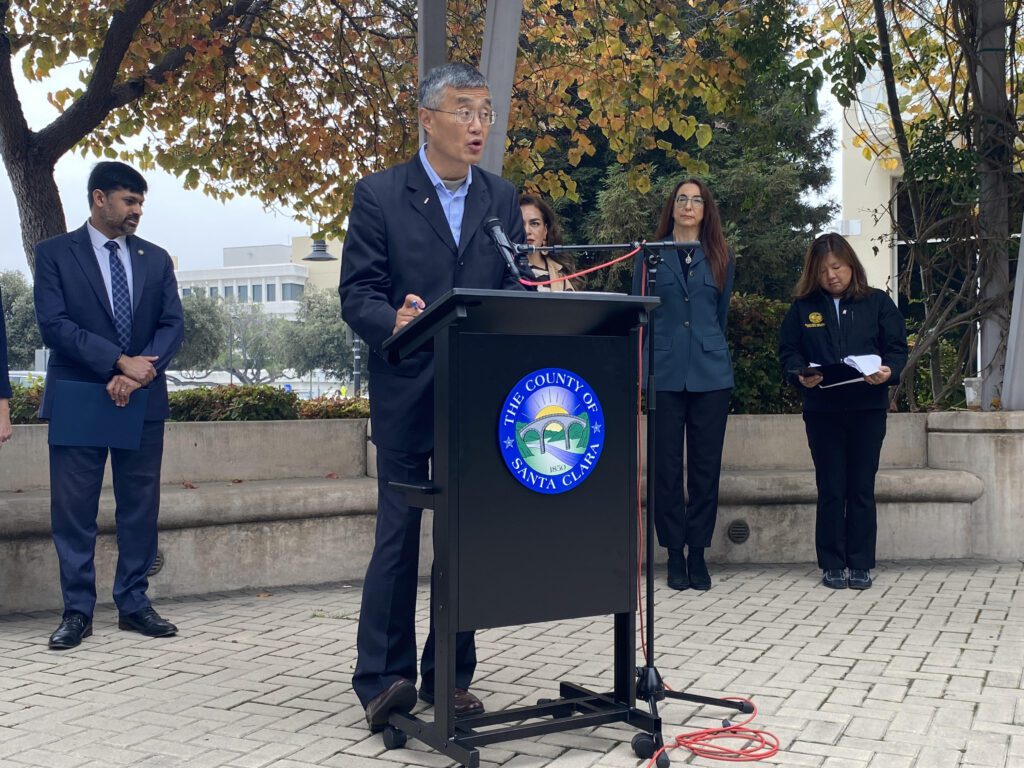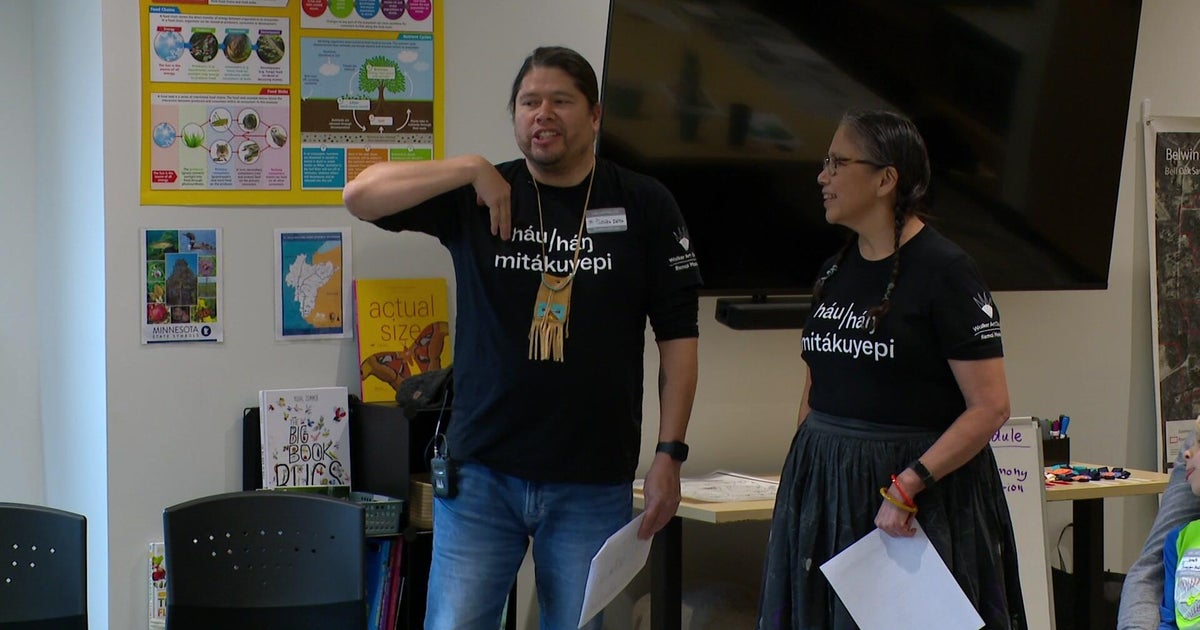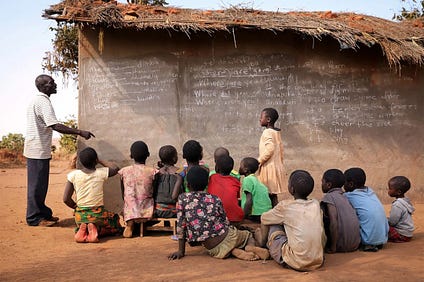Westfield’s Summer Programs Support Student Learning And Connection – Patch

Report on Westfield Public School District’s Summer Programs and Alignment with Sustainable Development Goals
Executive Summary
This report analyzes two summer educational initiatives by the Westfield Public School District: the Multilingual Learner (ML) Summer Experience and the Extended School Year (ESY) program. Both programs demonstrate a strong commitment to advancing several United Nations Sustainable Development Goals (SDGs), particularly SDG 4 (Quality Education), SDG 10 (Reduced Inequalities), and SDG 3 (Good Health and Well-being), by providing targeted, inclusive, and equitable support to diverse student populations.
Multilingual Learner (ML) Summer Experience
The district implemented a two-week enrichment program from July 7 to 18 for 15 multilingual learners in grades K-5. The program was designed to support English language acquisition through a science-based curriculum themed “Journey Through the Stars.”
- Objective: To foster English language skills, confidence, and community among students whose native languages include Chinese, Hindi, Konkani, Portuguese, Spanish, and Ukrainian.
- Methodology: The program utilized engaging, hands-on activities to create meaningful connections between language and real-life experiences, blending literacy development with an exploration of the solar system.
- Supervision: The initiative was overseen by Enrique Pincay, K-12 World Languages and ML Supervisor, with curriculum design by advisors Jillian Martinez and Megan McCusker.
Alignment with Sustainable Development Goals (SDGs)
The ML Summer Experience directly contributes to the following SDGs:
- SDG 4: Quality Education
- Target 4.5: By providing tailored support for multilingual learners, the program works to eliminate disparities and ensure equal access to quality education for children in vulnerable situations.
- Target 4.7: The program promotes an appreciation of cultural diversity and global citizenship by creating an inclusive environment for students from various linguistic backgrounds.
- SDG 10: Reduced Inequalities
- Target 10.2 & 10.3: The initiative actively promotes the social and educational inclusion of all students, irrespective of their origin or language, ensuring equal opportunity and reducing inequalities of outcome.
Extended School Year (ESY) Program
Running from July 1 to August 5, the ESY program provides critical support for 124 students with Individualized Education Programs (IEPs) to prevent skill regression and prepare them for the subsequent school year. The program serves 102 students in grades PreK-5 and 22 students in grades 6-12.
- Objective: To reinforce academic and related skills in a structured, supportive environment, helping students retain knowledge and build confidence.
- Core Components:
- Reinforcement of reading, writing, and math skills aligned with student IEPs.
- Specialized instruction, including the Wilson Reading system.
- Integrated therapeutic services such as speech, occupational, and physical therapy.
- Social-emotional learning opportunities, featuring a weekly Peaceful Playground program to foster cooperation and problem-solving.
- Enrichment Activities: The program is enhanced with activities such as visits from therapy dogs, yoga sessions, and sports coaching to create a well-rounded experience.
Alignment with Sustainable Development Goals (SDGs)
The ESY program demonstrates a comprehensive approach to achieving key SDG targets:
- SDG 4: Quality Education
- Target 4.2: The program provides quality pre-primary education and care for PreK students, preparing them for primary education.
- Target 4.5: It ensures equal access to all levels of education for students with disabilities, a key vulnerable group, by providing necessary accommodations and support.
- SDG 3: Good Health and Well-being
- Target 3.4: The program promotes mental health and well-being through confidence-building, social-emotional learning, and calming activities like yoga and interaction with therapy dogs.
- The provision of occupational and physical therapy directly supports the physical well-being of students.
- SDG 10: Reduced Inequalities
- Target 10.2: The program is fundamentally designed to empower and promote the inclusion of students with disabilities, ensuring they are not left behind.
- SDG 16: Peace, Justice and Strong Institutions
- Target 16.7: The Peaceful Playground component promotes a culture of peace and non-violence by teaching cooperation and positive conflict resolution. The program itself is evidence of a responsive and inclusive institutional framework within the school district.
1. Which SDGs are addressed or connected to the issues highlighted in the article?
- SDG 4: Quality Education – The article’s primary focus is on educational programs designed to provide inclusive, equitable, and quality learning experiences for specific student groups.
- SDG 10: Reduced Inequalities – The programs specifically target multilingual learners and students with disabilities, aiming to reduce educational disparities and promote their social inclusion.
2. What specific targets under those SDGs can be identified based on the article’s content?
SDG 4: Quality Education
- Target 4.1: By 2030, ensure that all girls and boys complete free, equitable and quality primary and secondary education.
- The article discusses the “ML Summer Experience” for students in grades K-5 and the “Extended School Year (ESY)” program for students up to grade 12, both of which support quality primary and secondary education.
- Target 4.2: By 2030, ensure that all girls and boys have access to quality early childhood development, care and pre-primary education.
- The ESY program explicitly serves students in “grades PreK through 5,” directly addressing pre-primary education.
- Target 4.5: By 2030, eliminate gender disparities in education and ensure equal access to all levels of education and vocational training for the vulnerable, including persons with disabilities… and children in vulnerable situations.
- The article highlights two programs for vulnerable groups: the ML Summer Experience for “multilingual learners” and the ESY program for “students with Individualized Education Programs (IEPs),” who are students with disabilities.
- Target 4.7: By 2030, ensure that all learners acquire the knowledge and skills needed to promote… a culture of peace and non-violence…
- The ESY program includes a “Peaceful Playground program that promotes cooperation, problem-solving, and positive play,” which aligns with education for a culture of peace.
SDG 10: Reduced Inequalities
- Target 10.2: By 2030, empower and promote the social, economic and political inclusion of all, irrespective of… disability… origin… or other status.
- The programs are designed to support students of diverse linguistic origins (“Chinese, Hindi, Konkani, Portuguese, Spanish, and Ukrainian”) and students with disabilities (those with IEPs), helping them “build confidence and friendships” and feel “supported, and excited for the year ahead.”
- Target 10.3: Ensure equal opportunity and reduce inequalities of outcome…
- The article describes specific policies and actions—the ML and ESY programs—designed to “support English language acquisition,” “prevent regression,” and “reinforce important academic and related skills” to reduce educational outcome inequalities for these students.
3. Are there any indicators mentioned or implied in the article that can be used to measure progress towards the identified targets?
Yes, the article mentions several quantitative and qualitative indicators:
- Quantitative Indicators:
- Number of participants in the ML program: The article states, “Fifteen multilingual learners (MLs) in grades K-5 participated.“
- Number of participants in the ESY program: The article specifies, “124 students are enrolled in ESY — 102 in grades PreK through 5… and 22 in grades 6 through 12.“
- Linguistic diversity of participants: An indicator of inclusion is the mention of students whose native languages included “Chinese, Hindi, Konkani, Portuguese, Spanish, and Ukrainian.“
- Qualitative Indicators:
- Provision of specialized programs: The existence of the “ML Summer Experience” and the “Extended School Year (ESY) program” serves as an indicator of policies aimed at providing equitable and inclusive education.
- Types of educational support: The article details the specific services offered, such as “support English language acquisition,” reinforcement of “reading, writing, and math skills,” and specialized instruction like “Wilson Reading.“
- Provision of therapeutic and social support: The inclusion of services like “speech, occupational, and physical therapy,” a “Peaceful Playground program,” “visits from therapy dogs,” and “yoga sessions” are indicators of a holistic approach to reducing inequality and ensuring quality education.
4. Create a table with three columns titled ‘SDGs, Targets and Indicators’ to present the findings from analyzing the article.
| SDGs | Targets | Indicators Identified in the Article |
|---|---|---|
| SDG 4: Quality Education | 4.1, 4.2, 4.5: Ensure equitable and inclusive quality primary and pre-primary education for all, including vulnerable children and those with disabilities. |
|
| SDG 4: Quality Education | 4.7: Ensure learners acquire skills for a culture of peace. |
|
| SDG 10: Reduced Inequalities | 10.2, 10.3: Promote social inclusion and ensure equal opportunity for persons with disabilities and diverse origins. |
|
Source: patch.com

What is Your Reaction?
 Like
0
Like
0
 Dislike
0
Dislike
0
 Love
0
Love
0
 Funny
0
Funny
0
 Angry
0
Angry
0
 Sad
0
Sad
0
 Wow
0
Wow
0



























;Resize=805#)



















































